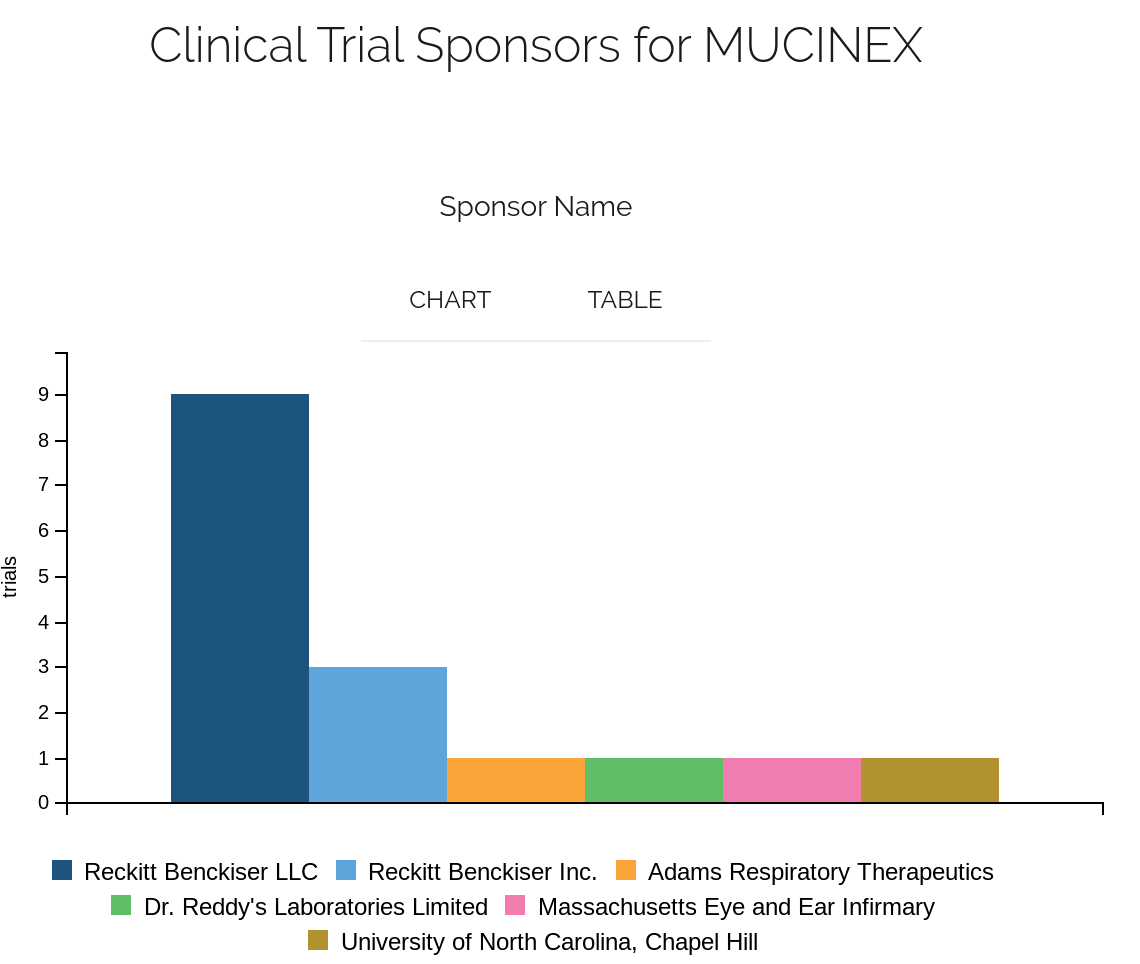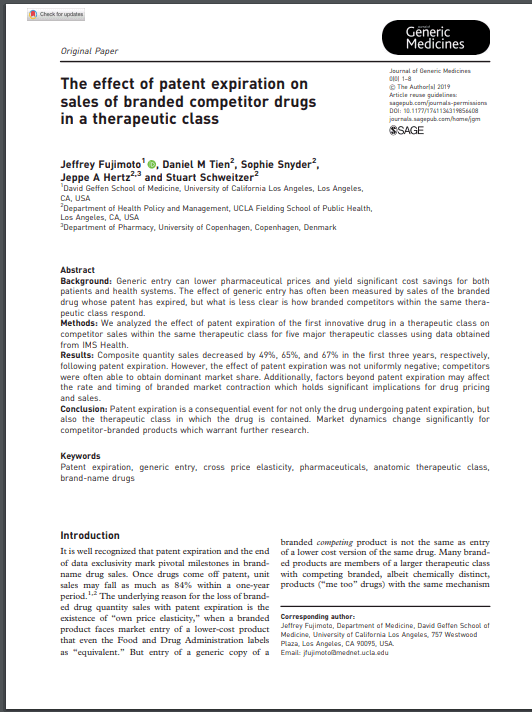This is a guest post from Pepper Hamilton Partners John P. Isacson and N. Nicole Stakleff. John can be contacted at isacsonj@pepperlaw.com and Nicole can be contacted at stakleffn@pepperlaw.com.
The Federal Circuit recently issued a pair of decisions concerning the Gilead doctrine, which allowed later-issuing patents to be obviousness-type double patenting (ODP) references against earlier-issuing patents. This doctrine posed a threat to companies that create extensive patent portfolios utilizing U.S. continuation practice. Life sciences companies frequently utilize continuation practice because they tend to most value the back-end of a patent term, which is typically when their products are generating the most income.
These recent decisions:
- limit the Gilead doctrine to situations where gamesmanship by patent applicants has occurred during patent prosecution
- safeguard longer patent terms that are provided by statute, including patent term extensions (PTEs) and pre-URAA terms, and likely patent term adjustments (PTA) as well
- lessen the risks that subsequent patents from continuation applications can be used to shorten terms of earlier patents
- do not impact traditional ODP situations.
Gilead Doctrine
In Gilead,1 the Federal Circuit permitted a later-issuing but earlier-expiring patent to be an ODP reference against an earlier-issuing but later-expiring patent. The Federal Circuit determined that the expiration differential was a result of the applicant’s making different priority claims, which the Federal Circuit considered to be susceptible to orchestration and gamesmanship. More specifically, the Federal Circuit found that the patents in question had the same inventors and similar specifications, with parts that were identical. The patents, however, had a 22-month difference in terms of priority dates, resulting in a 22-month difference in expiration dates because patent terms are now set at 20 years from the earliest nonprovisional priority date.2 The Federal Circuit considered the priority claims to be a result of orchestration and gamesmanship aimed at having certain claims issue from the application with the later priority date, which led to the later expiration date, even though these claims could have been presented in the application with the earlier priority date. In this situation, the Federal Circuit was not concerned with issue dates, but only with expiration dates. The earlier-expiring patent, even though it was issued after the later-expiring patent, was permitted to be an ODP reference against the later-expiring but earlier-issuing patent. This differs from the traditional ODP analysis, where the term of an earlier-issuing patent was never affected by a later-issuing patent, but an earlier-issuing patent could be an ODP reference against a later-issuing patent.
Federal Circuit Opinions
Two recent decisions, however, confirm that the Gilead doctrine is limited to situations where gamesmanship has occurred. In Novartis AG v. Ezra Ventures LLC,3 the Federal Circuit encountered a situation where a pre-URAA patent (term of 17 years from issue) received a patent term extension (PTE) of five years for regulatory delay, and thus expired after a post-URAA patent (patent term of 20 years from filing). Citing Gilead, Ezra argued that the post-URAA patent should be an ODP reference against the pre-URAA patent, which expired later by virtue of the PTE.
The Federal Circuit disagreed. The court determined that the later term for the pre-URAA patent was provided for by statute (35 U.S.C. §156) and thus not the result of gamesmanship. The Federal Circuit held in Ezra that Gilead did not apply in these circumstances and therefore the post-URAA patent was not considered to be an ODP reference.
In the second case, Novartis Pharmaceuticals Corp. v. Breckenridge Pharmaceutical, Inc.,4 an earlier-issuing, pre-URAA patent had a later expiration date than a related and later-issuing post-URAA patent. Breckenridge sought to have the later-issuing, post-URAA patent be used as an ODP reference as per Gilead. The Federal Circuit declined to apply Gilead under these circumstances. It held that the 17-year term was provided for by statute, and therefore Gilead did not apply.
Implications
Gilead has been inconsistently applied by the district courts. Some courts looked for gamesmanship before applying Gilead, whereas other courts focused only on expiration dates and would apply Gilead even in situations where the longer term was provided for by statute. Ezra and Breckenridge confirm that the Gilead doctrine is limited. When a term difference is a result of a statutory right, Gilead does not apply.
Although these cases did not involve PTA, the Federal Circuit opinions indicate that PTA awards, which are a statutory right, should still be valid when awarded in a parent patent and not limited by later-granted child patents.5 Based on the rationale of these cases, continuation applications can still be pursued, and full statutory terms, inclusive of PTA, should be safe in patents where no terminal disclaimers have been filed. Claims of priority should be carefully considered, however. Anything that looks like gamesmanship can cause a court to apply Gilead.
Endnotes
1 Gilead Scis., Inc. v. Natco Pharma Ltd., 753 F.3d 1208 (Fed. Cir. 2014).
2 Patents from applications filed no later than June 7, 1995 are entitled to a 17-year term from issuance or a 20-year term from the earliest nonprovisional priority date, whichever is longer, under the Uruguay Round Agreements Act (URAA). Patents issuing from applications filed June 8, 1995 or thereafter are only entitled to a 20-year term from the earliest nonprovisional priority date. There can be further extensions of the patent term under certain circumstances.
3 Novartis AG v. Ezra Ventures LLC, No. 2017-2284 (Fed. Cir. Dec. 7, 2018).
4 Novartis Pharm. Corp. v. Breckenridge Pharm., Inc., Nos. 2017-2173, 2017-2175, 2017-2176, 2017-2178, 2017-2179, 2017-2180, 2017-2182, 2017-2183, 2017-2184 (Fed. Cir. Dec. 7, 2018).
5 Cf. Magna Elecs., Inc. v. TRW Auto. Holdings Corp., Nos. 1:12-cv-654; 1:13-cv-324 (W.D. Mich. Dec. 10, 2015) (interpreted Gilead to permit a child patent without PTA to be used as an ODP reference against a parent patent with PTA).
The material in this publication was created as of the date set forth above and is based on laws, court decisions, administrative rulings and congressional materials that existed at that time, and should not be construed as legal advice or legal opinions on specific facts. The information in this publication is not intended to create, and the transmission and receipt of it does not constitute, a lawyer-client relationship.























